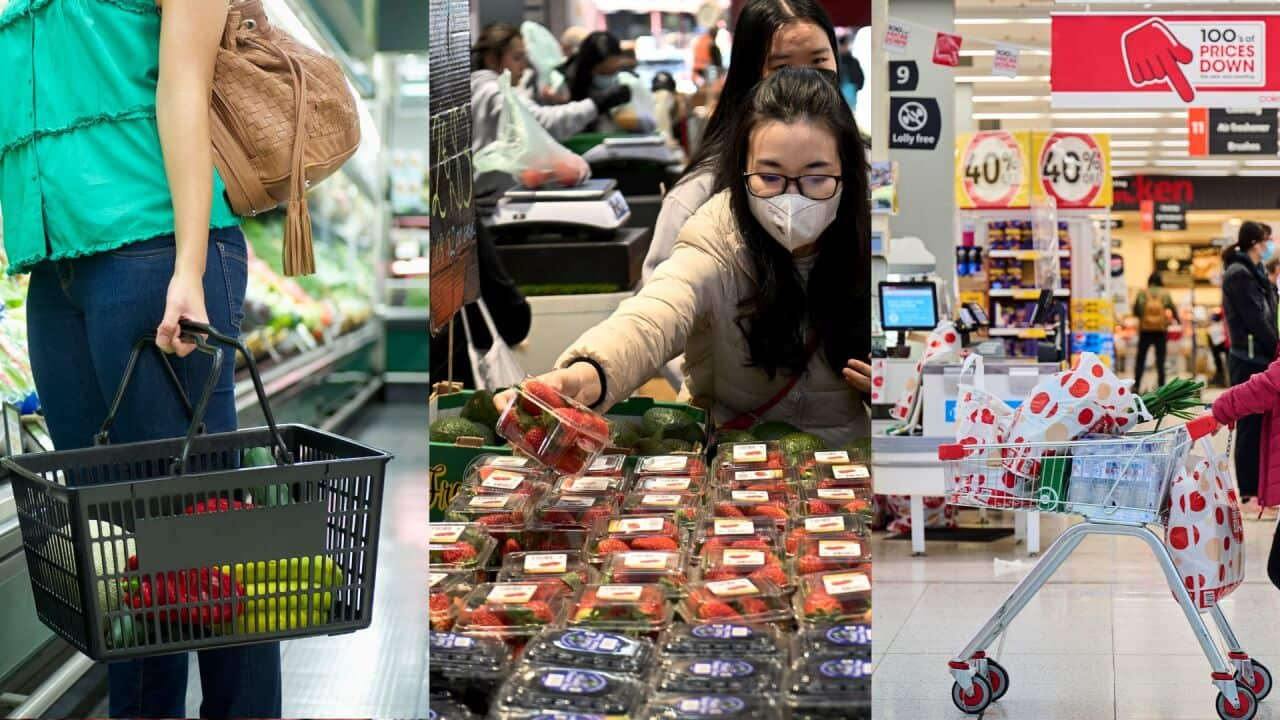Key Points
- Drivers across Australia will soon be paying more at the bowser with the fuel excise set to return in full.
- But there are ways to reduce your petrol bills.
Motorists can expect to pay more to fill up their car now the temporary reprieve from the government's fuel excise has ended.
From 29 September, the price of petrol will increase 25 cents a litre.
The Morrison government halved the excise in March in a temporary six-month measure to reduce the cost of living pressures. Despite calls for the new Albanese government to extend the budget measure, the full excise will return.
The good news is that price hikes won’t happen overnight, with NSW and ACT motoring organisation NRMA expecting the price increase to take at least a week to flow through, as service stations restock their supply.
Another positive development is that average prices for crude oil are dropping and this will help to lower the price of petrol, although it hasn't yet fallen enough to wipe out the impact of the re-introduction of the fuel excise.
According to NRMA's weekly fuel report, Sydney's Terminal Gate Price for regular unleaded fuel fell 5.4 cents per litre in the past week, to 147.3 cents per litre, and the Asian market fell 0.3 cents per litre.
The average Mogas price fell 4.9 cents per litre even though the Aussie dollar fell 0.8 cents against the US dollar.
Ahead of the fuel excise return, regular unleaded prices rose to around 190.1 cents per litre on Monday, 26 September. While the NRMA expected prices to peak over the weekend, they were higher than expected.
The bad news is that with , prices could get dearer here as demand soars over there.
Here’s how you can reduce your petrol bill.
Shop around
Gone are the days when you’d have to drive from servo to servo to secure the best fuel price, draining your car’s tank as you go.
There are now a range of apps and websites that can help you do that – and some of them are government-approved.
“Do a bit of research before you fill up and you can save quite a bit of money,” NRMA spokesman Peter Khoury told SBS News.
“If you fill up at the first servo you see, the likelihood is you’ll be paying more than you need.”
In NSW, the government’s Fuel Check site lets you scour the best price at the nearest service station to you, while the Northern Territory has MyFuel NT and Western Australia has FuelWatch.
South Australia and Queensland don’t have their own pages but do list a few external services on their websites that consumers can browse themselves to find the best local fuel price.
As for motorists in Victoria and the ACT, which don’t have either dedicated sites or links to external services, there are national petrol price watch sites.

Australian motorists will be paying more at the bowser when the fuel excise is reinstated at the end of the month. Source: AAP / BIANCA DE MARCHI/AAPIMAGE
There’s also 7-Eleven’s fuel lock feature on its app, which lets you lock in the lowest fuel price for a chosen type of fuel in a nearby service station to you, for seven days. You can then use that price at any other 7-Eleven service station, even if that servo is advertising a much higher price.
And you know those shopper docket fuel vouchers you get from the major supermarkets for spending a certain amount of money? Yep, they’re still around. And they could save you a bit of cash.
Monitor petrol price cycles
Ok, so this one is for the super-thrifty petrol buffs but it can really save you a fair bit if you follow the money.
The Australian Competition and Consumer Commission (ACCC) monitors the petrol price cycle - caused by pricing policies of petrol retailers - for Sydney, Melbourne, Brisbane, Adelaide and Perth.
The charts on its site show where prices are increasing or decreasing, which is a good indicator to fill up in advance. The charts are updated daily from Monday to Friday around midday and show average daily prices for the last 45 days.

It's a good idea not to carry too much around in your car for everyday driving if you want to save on fuel. Source: Moment RF / Michael Godek/Getty Images
And it would continue to monitor wholesale and retail fuel prices even after the full fuel excise returns.
"The ACCC ... will not hesitate to take action if retailers make misleading statements on price movements or if there is evidence of anti-competitive behaviour (such as price collusion)," the spokesperson said in a statement.
The NRMA's Mr Khoury says understanding price cycles can save motorists up to 30 cents a litre.
Unfortunately though, he adds, Tuesdays are no longer the guaranteed cheapest day to fill up as they have been in recent years. But consumers can monitor the price cycles to figure out what day the price fluctuates if they're in those five capital cities.
Take the load off
No, seriously, take all that unnecessary weight out of your car.
If you’ve got a load of random items in your boot, it’s best to put them in storage as more weight in your vehicle will mean more petrol usage.
“Get the golf clubs and scuba diving gear in the garage,” Mr Khoury said.
Also, it might seem trivial but little things can guzzle up fuel pretty fast, like unnecessary usage of air conditioning on a cool day, not maintaining good tyre pressure, or having your windows down in a country area, which can have a drag effect.
“You’d be surprised, those things can have a pretty meaningful impact."




